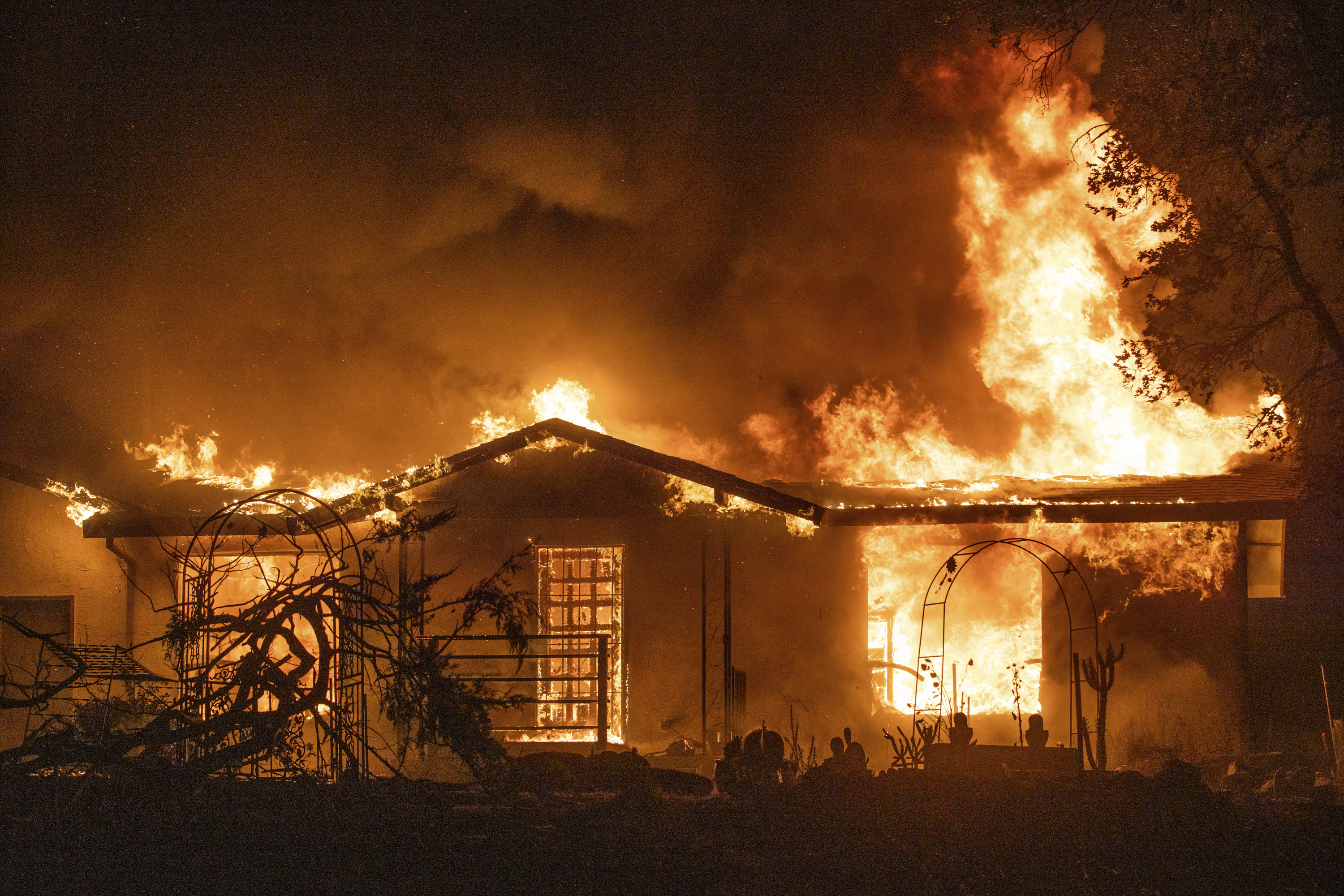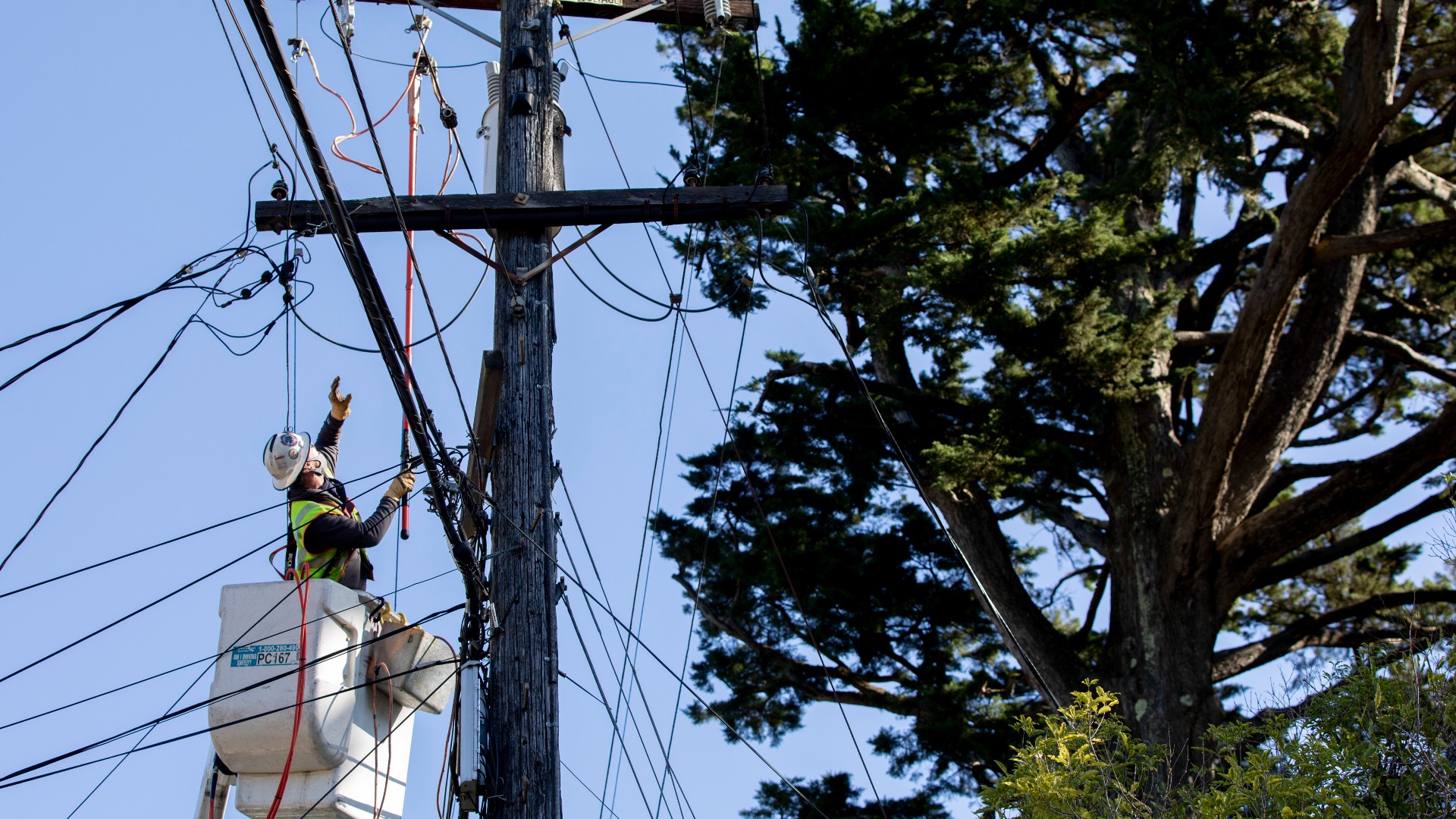PG&E heads into fire season this year facing a backlog of 170,000 outstanding maintenance jobs in the high fire risk parts of its system, according to a report by the independent safety monitor.
That reported maintenance logjam is especially troubling to Butte County District Attorney Mike Ramsey, whose office prosecuted PG&E in the Camp Fire. The 2018 fire – blamed on PG&E’s failure to maintain its aging system -- destroyed the town of Paradise and left 85 people dead.
Five years later, Ramsey worries about the languishing maintenance, especially with all the added fuel from an unusually wet winter.
“I've seen the grass at this time of year twice as high and the brush …. has just exploded,” Ramsey said. “That means a very concerning fire year.”
Get a weekly recap of the latest San Francisco Bay Area housing news. Sign up for NBC Bay Area’s Housing Deconstructed newsletter.
But in a recent call to investors last month, PG&E’s CEO Patti Poppe touted the utility’s extensive fire mitigation efforts as grounds for optimism. She said PG&E’s strategy of cutting power immediately at the first sign of trouble helped reduce its fire risk by more than 90%.
“It gives me a lot of confidence heading into wildfire season that we are prepared," Poppe said in the May 4 earnings call. Restoring shareholder dividends, she said, will help obtain low cost financing needed to build on the progress.
But a skeptical Ramsey points to the findings of the state regulator-appointed monitor’s report, in April, by Filsinger Energy Partners, which highlights PG&E’s current backlog of 170,000 outstanding “maintenance tags” in high fire areas.
“A ‘maintenance tag’ is an identification that something out of the normal has been found,” explained Dan Mulkey, a retired senior consulting electrical engineer at PG&E who is now a consultant.
He says a utility must have detailed asset information to determine how quickly to make repairs on power poles and other vital components. “How dangerous is it?” he said, “That depends, mostly on the weather and how old it is.”
But according to the monitor, PG&E lacks precise age data on more than half of its lines. And its aging power poles account for half the company’s maintenance backlog.
Currently, the company is only replacing about half its goal of poles annually and only about 40 miles of its aging lines, the report noted. It’s target is 800 miles.
PG&E officials recently signaled to the monitor that the task is daunting.
“The magnitude of capital needed for asset replacement programs,” the report quotes unnamed PG&E managers as saying, “was far in excess of the amount of capital believed to be available.”
In a statement, PG&E says it continues to “aggressively work to reduce the backlog” while “continually removing more ignition risk from the highest wildfire risk areas in our system.”
Reducing the backlog, the utility says, along with keeping up addressing new issues, will help make more progress reducing fire risks.
But Ramsey said in a recent interview that he is far from satisfied.
“PG&E needs to step up their game,” he said, adding that he regularly talks to company officials about both the progress achieved and the challenges remaining. Based on what he has seen this year, he says, PG&E still has not done enough to justify paying dividends.
“We've warned them -- they've got the warning,’’ Ramsey said, “and they need to approach it like their hair is on fire.”



